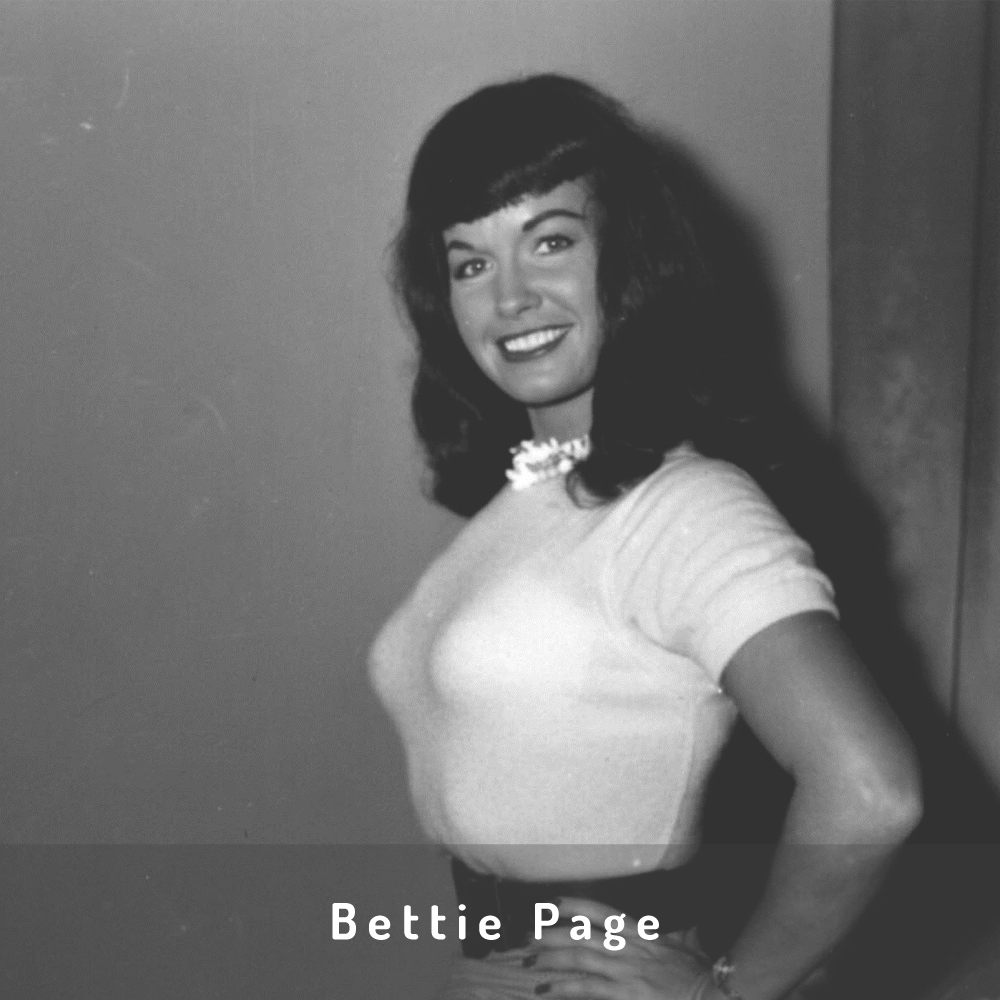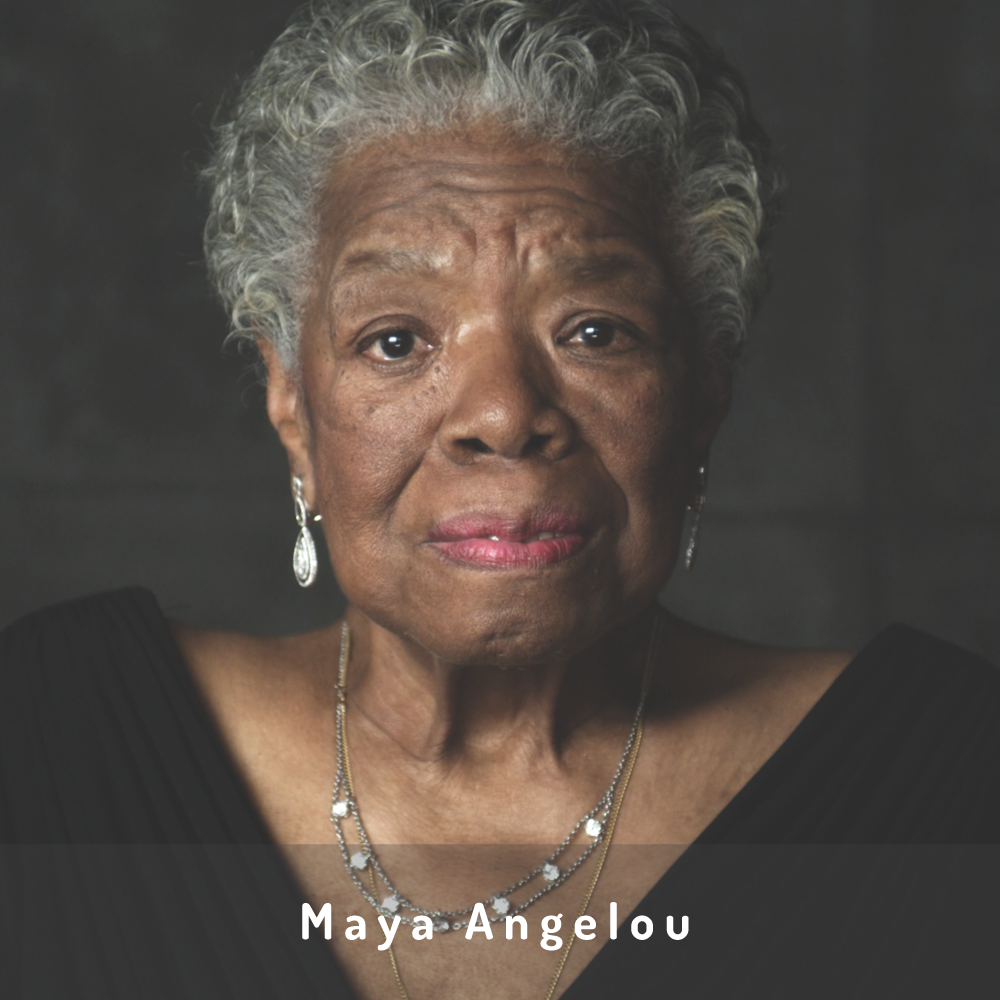RIGHT OF PUBLICITY
The phrase “right of publicity” was coined by Judge Jerome Frank in Haelean Laboratories, Inc. v. Topps Chewing Gum, Inc. 202 F.2d 866 (2nd Cir. 1953). Following New York law, Judge Frank delineated the distinction between the “right of publicity” and the “right of privacy.” New York’s publicity law enabled individuals to protect themselves from unauthorized commercial appropriation of their personas. Judge Frank thereby recognized an independent common law right protecting economic interests rather than the personal, emotional interests associated with the right of privacy.
Unlike the right of privacy, which is a personal right, the right of publicity is generally regarded as a property right. While damages in privacy cases are measured by emotional distress, damages in publicity cases are measured by the commercial injury to the business value of personal identity. J. Thomas McCarthy says, “[p]rivacy rights are personal rights. Damage is to human dignity.” From The Spring 1995 Horace S. Manges Lecture, The Human Persona as Commercial Property; The Right of Publicity, March 9, 1995, Columbia University School of Law, at 134. McCarthy continues: “The right of publicity is not . . . just another kind of privacy right. It . . . is a wholly different and separate legal right.” 19 COLUM.-VLA J.L. & ARTS 129. Infringement damages are therefore determined by the fair market value of the plaintiff’s identity, the infringer’s profits, and damage to the licensing opportunities for the plaintiff’s identity. For example California’s 3344.1 states “rights recognized under this section are property rights freely transferable.” Cal. Civ. Code § 3344.1(b).
Because publicity rights are conceptually regarded as property, the right of publicity is a transferable right. For the right of privacy, it is generally accepted that the right dies with the individual; however, most jurisdictions recognize the right of publicity as a descendable and transferable property right. These critical distinctions between the right of privacy and the right of publicity allow publicity rights to be economically productive even after a celebrity dies.
Legislation of Publicity Rights
While the right of publicity originated from common law, an increasing number of states have enacted right of publicity statutes. Eleven states recognize publicity rights by way of common law; eighteen via statute. These eighteen include California, Florida, Illinois, Indiana, Kentucky, Massachusetts, Nebraska, Nevada, New York, Ohio, Oklahoma, Rhode Island, Tennessee, Texas, Utah, Virginia, Washington, and Wisconsin. Note also that the American Law Institute’s Third Restatement of Unfair Competition (1995) § 46 also recognizes the right of publicity as a separate legal theory. Moving from privacy to publicity has not been an easy transition, and varying interpretations by the courts of these common law and statutory rights have caused considerable confusion.
New York led the way with the 1903 enactment of New York Civil Right Law sections 50 and 51. This statute prohibits the use of the name, portrait, or picture of any living person without prior consent for “advertising purposes” or “for the purposes of trade.” In the early part of the twentieth century, when there was very little precedent for the right of publicity, New York viewed publicity rights more as a personal right than a property right. Most states following New York in adopting publicity statutes recognized the importance of extending the right of publicity to the estate of the personality, because it is in fact a property right. As such, post-mortem publicity rights are increasingly a component in right of publicity legislation.
California’s publicity rights are perhaps the preeminent models for right of publicity laws. California protects against unauthorized uses of a deceased celebrity’s persona for the purpose of advertising or selling, and for the unauthorized use of a celebrity’s persona on or in a product. California began establishing publicity rights for living personalities in 1972 through section 3344 of the Civil Code. When California enacted Section 990 in 1985, it thereby allowed the celebrity’s publicity rights to pass to a successor in interest, who can then prevent the unauthorized use of the decedent’s name and likeness for a period of fifty (50) years. In 1999, the California legislature amended Section 990 and incorporated it into 3344; hence, Section 990 became Section 3344.1. By virtue of the amendment, the post-mortem duration was extended to seventy years, consistent with the copyright term extension as effectuated by the Sonny Bono Copyright Term Extension Act in 1998. In addition to these statutory provisions, California’s common law publicity rights can also be useful in providing protection to a celebrity.
While California’s statutes are perhaps the most debated right of publicity laws due to their visibility, the distinction of having the most comprehensive right of publicity statute to date belongs to the State of Indiana. Indiana enacted its statute in 1994, which is considered by many to be the most broad and sweeping of the right of publicity statutes. Indiana’s law protects a deceased individual’s right of publicity for a period of 100 years. Ind. Code Ann. §§32-36-1 et seq. (Michie 2002). The Indiana statute is very similar to California’s Section 3344.1, and contains many similar exemptions for First Amendment purposes.
Case Law
The Supreme Court of the United States has confirmed that the right of publicity for an individual resides in the associative value of his or her name, likeness or image. In Zacchini v. Scripps-Howard Broadcasting, the Court stated: “[p]etitioner’s right of publicity here rests on more than a desire to compensate the performer for the time and effort invested in the act; the protection provided an economic incentive for him to make the investment required to produce a performance of interest to the public.” Zacchini v. Scripps-Howard Broadcasting Co., 433 U.S. 562, 576 (1977). In language reminiscent of the policies supporting copyright and patent laws, Justice White articulated what has become the foundation of the right of publicity.
Various state courts have grappled with the parameters of the right of publicity, and these decisions have no doubt led to the shaping of each state’s statutes (of those with publicity statutes on the books). Even so, it is possible to discern a consistency in the judicial interpretation of the right of publicity.
The most famous Right of Publicity cases are the “impersonator” cases of Midler, Waits, and White. Midler v. Ford Motor Co., 849 F.2d 460 (9th Cir. 1988) and Waits v. Frito-Lay, Inc., 978 F.2d 1093 (9th Cir. 1992) involved similar fact patterns in that both Bette Midler and Tom Waits declined to lend their distinctive voices to advertising jingles for two prominent manufacturers. The advertisers proceeded to find performers who could duplicate the vocal styling of Bette Midler and Tom Waits. Both Midler and Waits prevailed on Right of Publicity claims which yielded $400,000 for Midler and $2,500,000 for Waits several years later. In another famous impersonator case, White v. Samsung Electronics America, Inc., Samsung utilized a robot that looked and acted like Vanna White of “Wheel of Fortune” fame. 971 F.2d 1395 (9th Cir. 1992). Samsung dressed the robot like Vanna White and made the robot turn letters like Vanna White’s on Wheel of Fortune. White was awarded $403,000.
In January of 1999, Dustin Hoffman sued a magazine publisher for infringing his Right of Publicity. Hoffman v. Capital Cities/ABC, Inc., Los Angeles Magazine, 33 F.Supp.2d 867 (C.D. Cal. 1999). Los Angeles Magazine manipulated movie still shots to make it appear that the celebrities were wearing designer clothing. Dustin Hoffman’s Tootsie character was dressed in a Richard Tyler gown and Ralph Lauren heels· Though it was clear from the photo editorial that Hoffman personally did not endorse these designers, he nevertheless was awarded $3,270,000 for the violation of his publicity rights. It should be noted that this case was overturned on appeal, but Hoffman is reportedly appealing that decision. The case remains notable as an example of the escalating damages in infringement cases.
Numerous other noteworthy Right of Publicity cases have come down over the years. Carson v. Here’s Johnny Portable Toilets, 698 F.2d 831 (6th Cir. 1983) and Motschenbacher v. R.J. Reynolds Tobacco Co., 498 F.2d 821 (9th Cir. 1974) are significant in that neither case involved the name or image of the famous individual implicated in the case. The former of these cases involved the well-known “Here’s Johnny” introduction of Johnny Carson on the Tonight Show in an advertisement. The latter involved an advertising use of a certain race car that was identifiable as belonging to a specific driver. In each case, the companies were infringing because of the unequivocal association that the public could make between the phrase and the car, and the famous individuals associated therewith.
George Wendt and John Ratzenberger, who played Norm and Cliff on the television show Cheers, also were involved in an infringement case. Wendt v. Host International Inc., 197 F.3d 1284 (1999). In this case, a theme restaurant based around the set of Cheers used robots where Norm and Cliff always appeared in the show. The robots play clips of Norm and Cliff from the show. Ultimately, the defendants settled with the actors.
omedy III Productions Inc. v. Gary Saderup, Inc. pitted the Right of Publicity against First Amendment arguments. Supreme Court of California (April 30th 2001), 2001 Cal. LEXIS 2609. Defendant is an artist who used his charcoal depiction of the Three Stooges and sold the artwork on T-shirts and lithographs. The defendant argued that his merchandise was “newsworthy” because the Three Stooges once made headlines. The judge ruled that newsworthy defense has a timeliness component beyond the scope of the case at hand. Regarding the First Amendment defenses, the court held for the plaintiff and developed a new balancing test to determine when the Right of Publicity trumps an artist’s First Amendment rights. When a celebrity is the subject of a work of art which is not an original single work of art, the celebrity’s publicity rights are outweighed by the artist’s right to commercially produce his art only when the work is “sufficiently transformative.” To put it another way, “when an artist’s skill and talent is manifestly subordinated to the overall goal of creating a conventional portrait of a celebrity so as to commercially exploit his or her fame, then the artist’s right of free expression is outweighed by the right of publicity.”

CMG Worldwide
Mark Roesler
CEO
CMG Worldwide
mark@cmgworldwide.com



